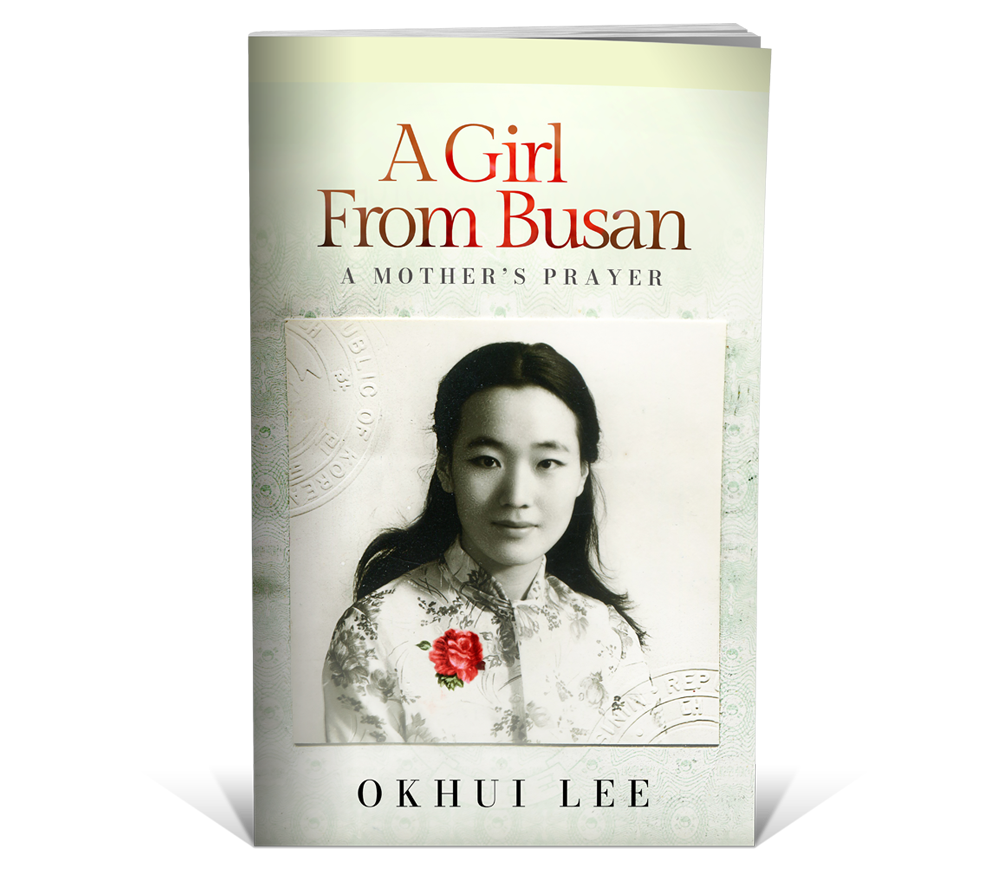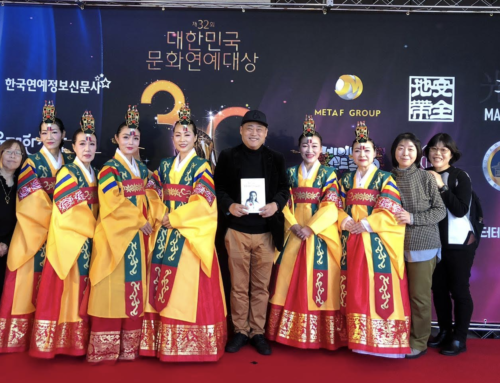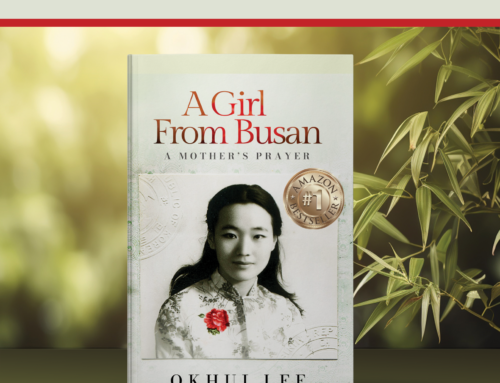
“…As we walked toward the baggage claim, we were greeted by a group of lively young men and women who adorned arriving passengers with vibrant flower necklaces, known as leis, a beautiful Hawaiian tradition…” – Okhui Lee – A Girl From Busan.
During the first day in May, the Hawaiian Islands come together in celebration of the Lei. The Lei is a beautifully handmade wreath symbolizing friendship, love, honor, and celebration. They are commonly made with colorful flowers such as carnations, Arabian jasmine, and orchids. But seashells, feathers, leaves, fragrant spices, and bones have also been used to create stunning leis. Although the stereotypical view of the Leis is of plastic necklaces, the history of the Lei runs deep in Hawaiian culture and holds a special place in every Hawaiian’s heart.
When the ancient Polynesians arrived in Hawaii over a thousand years ago, they brought with them their native plants and beloved spices. They wore these as a way to honor their gods and spread joy. Different kinds of leis were used for different occasions. Cheiftons and royalty wore carefully crafted leis made with orange blossoms, but eventually, special leis were created for commoners and daily use.
The Lei is seen as a symbol of Aloha. Most know this as the traditional Hawaiian greeting, but the meaning of Aloha is an integral part of Hawaiian tradition. The word broken down translates to the “breath of life.” The word Aloha dates back to the 1800s, but it has become such a popular word around the world that the islands of Hawaii are often referred to as the “Aloha State.”
Many vacationers visiting the Hawaiian Islands can now receive a beautiful Lei once they have landed. It is proper etiquette to accept the Lei once it is presented. When it is time to leave the islands, often referred to as Paradise, visitors are encouraged to release their leis into the ocean. If the Leis return to shore, it is said that the visitor will one day return to Paradise.
“…Cheerfully, the graduating class walked across the lawn in their black robes and black caps with golden tassels. Most of their faces were barely visible beneath the stacks of colorful flower leis piled up to the top of their heads. Giving flower leis has always been a Hawaiian tradition for graduation. While the fragrance of ginger and carnations wafted through the air, throngs of parents, aunties, uncles, cousins, and friends gathered by a cluster of trees, waiting to give congratulatory hugs…“





